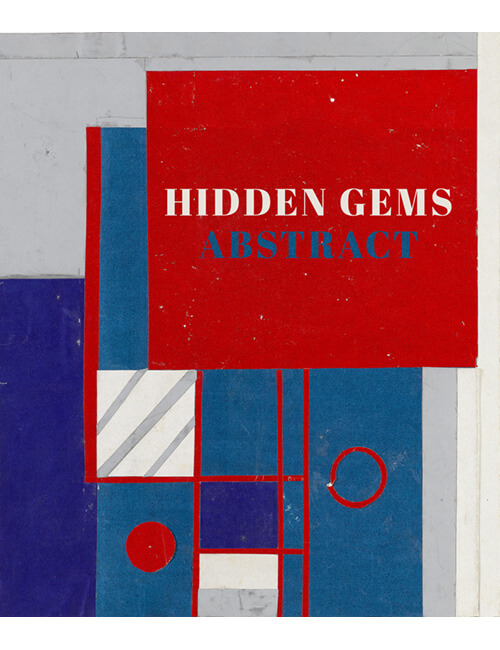
After the horrors of WWI, Abstraction became an alternative means of expression – one capable of powerfully reflecting the inexplicable, the absurd and the chaos left behind. Abstraction prevails on the viewer to look beyond the tangible and emancipate the imagination. Paule Vezelay, one of the earliest and most imaginative British Abstract painters, explained that she hoped to give intense pleasure to the eye of the beholder, enticing his regard to remain on colours and forms more pleasing than can easily be found in actuality, or seen by his own unaided imagination. John Bantings Sylph Melody (1934) touches on the borders of surrealism, inviting the viewer into a world of amorphous reality, one where all structure is to be abandoned and all interpretations left open. Other works were complex exercises in technique – studies of geometry and surface, explorations of shapes and colours. Sir Thomas Monnington, who turned to abstraction after WWII, explained his motivations behind Study 2 for Reciprocity (1970): These two-dimensional mathematical relationships suggest to me dimensions in depth, and provide a discipline which at the present time I find as necessary and interesting as that imposed previously in representational painting. This search for technical brilliance is also reflected in his Design for Students Union, University of London (c. 1969). Perhaps the most surprising work in this group is Small Grey Abstract (c.1934) by Edith Granger-Taylor produced at the same time that Nicholson and Piper were creating the first abstract paintings in Britain. This accomplished composition is not only by an underrated woman, but one more usually associated with highly realistic portrait studies.